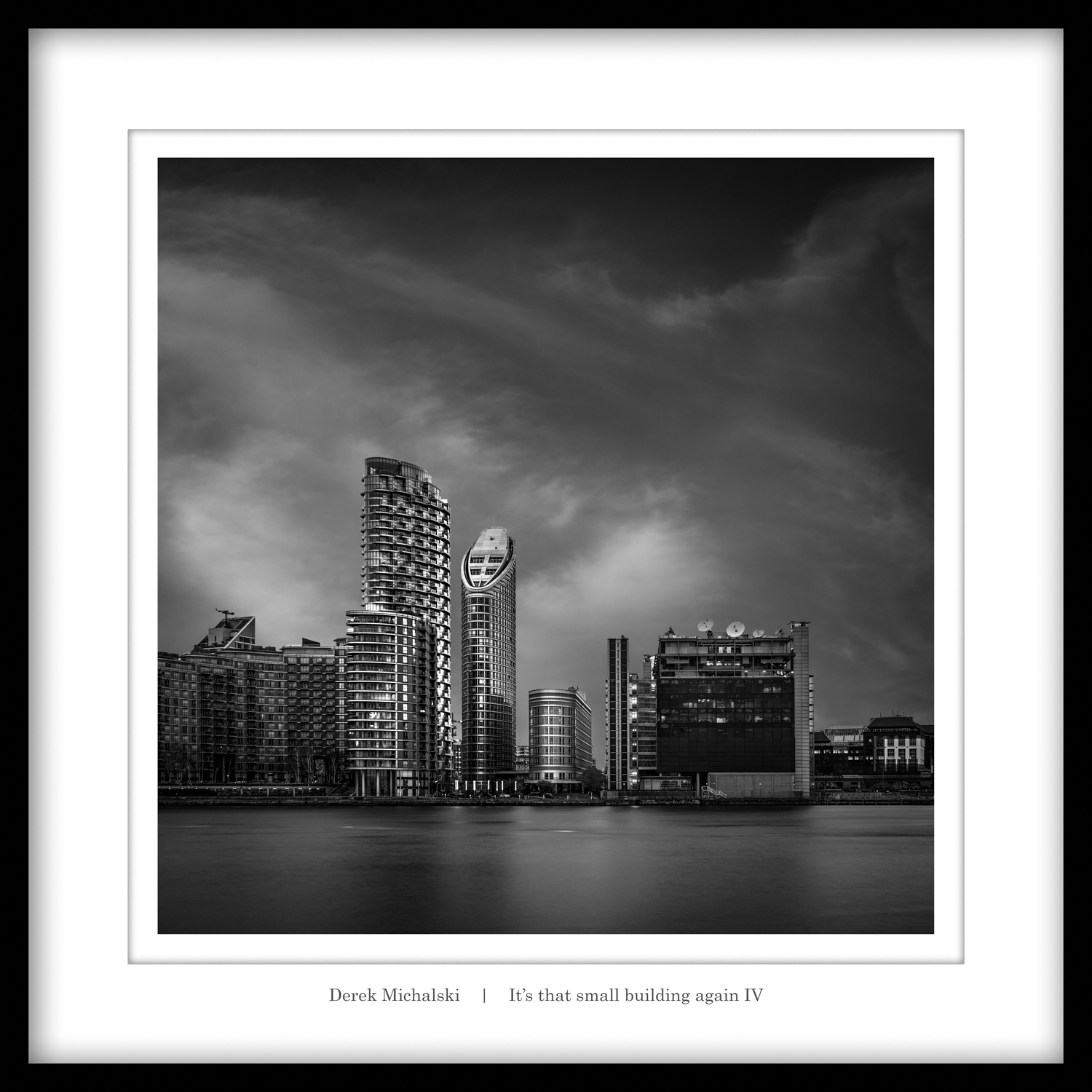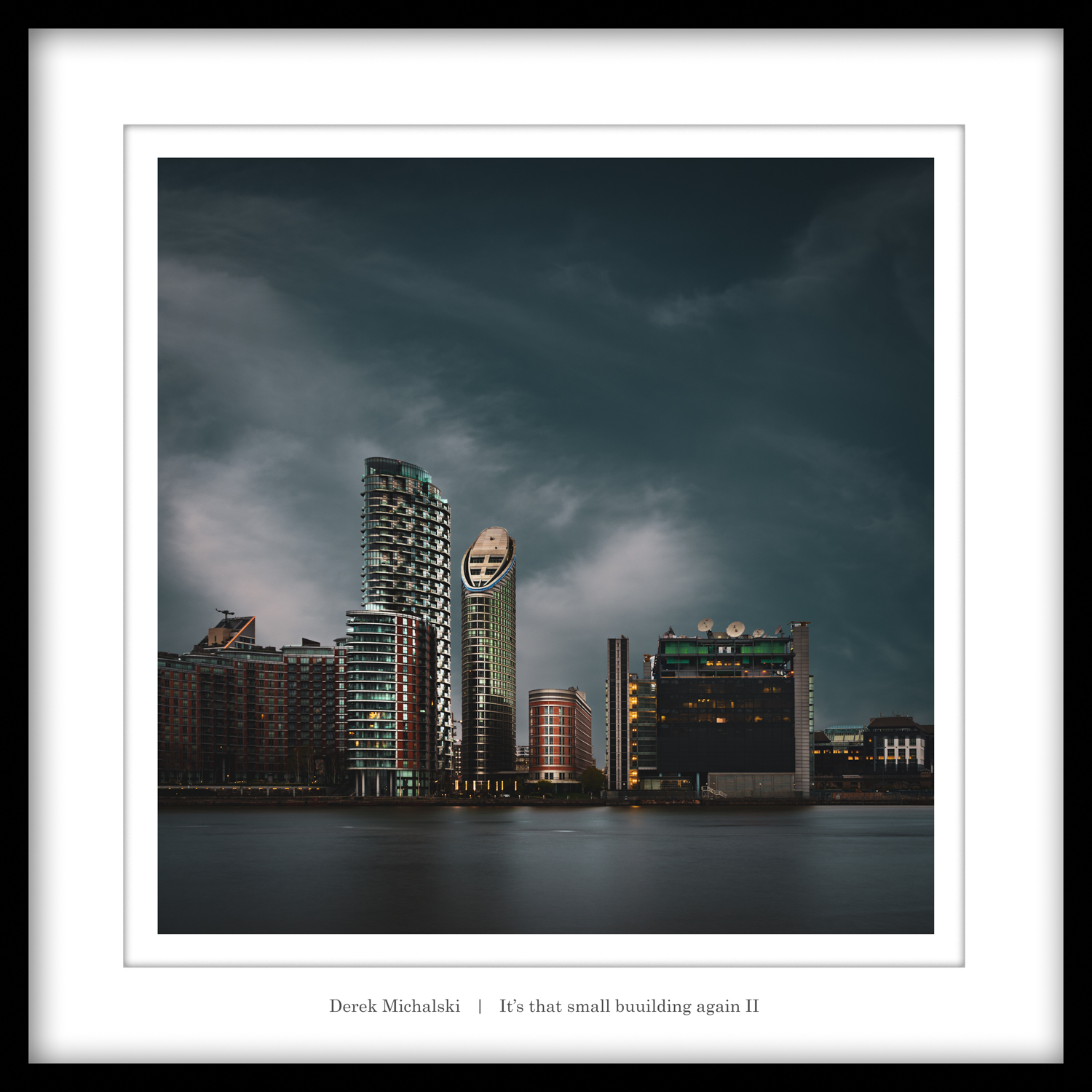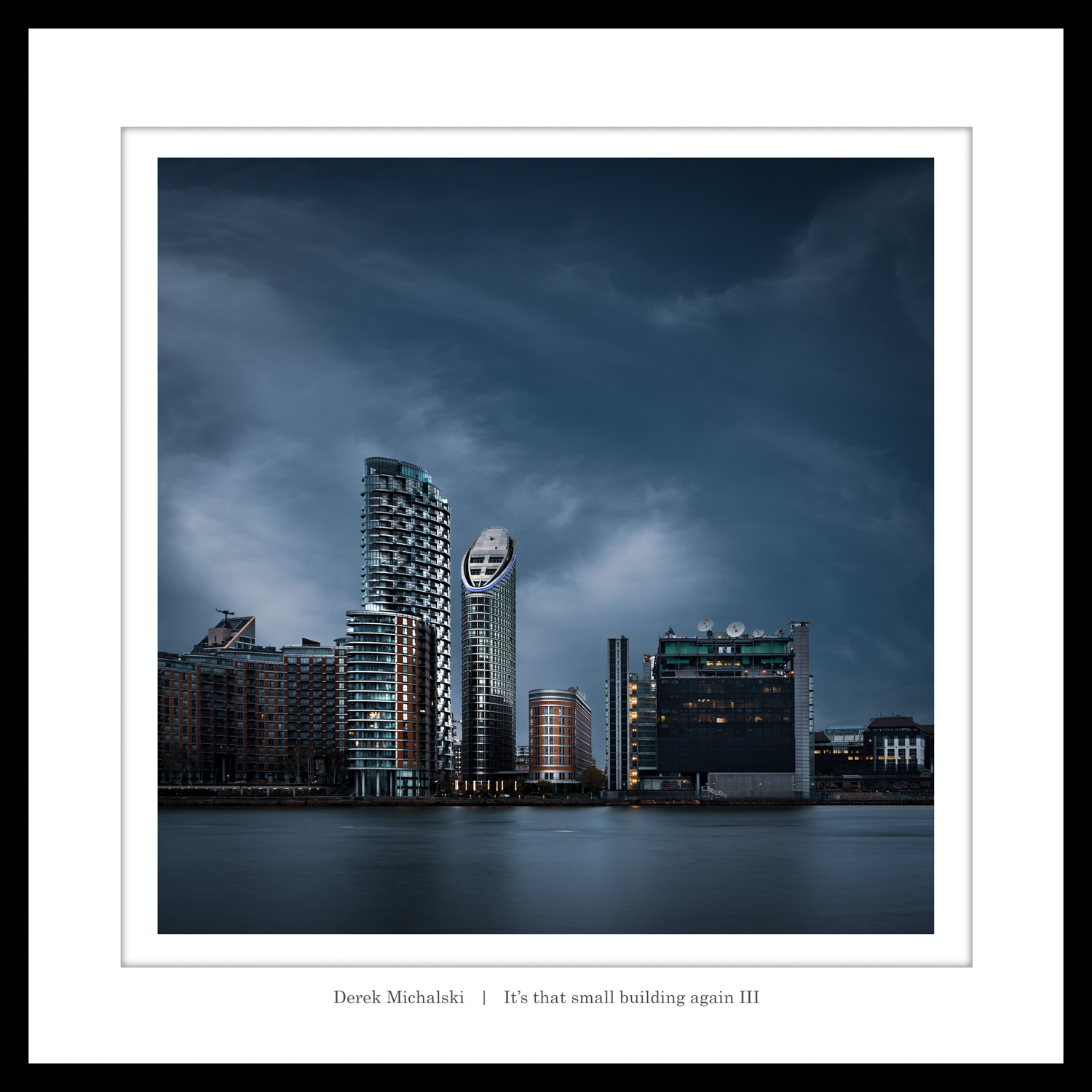Post-processing as a mood-reflecting tool.
April 12th, 2021
The mood in photography can – and should be, as much as it is possible – achieved in-camera. Good craftmanship simply demands it. Yet, enhancing and developing further what has been recorded on the film or digital sensor has always been a vital part of photography. Whether it is darkroom or computer screen – this is of no significance in this respect. As-true-to-photographer’s-vision-as-possible deed has been done in the field, now it is time to see what has been achieved and how it can be developed further.

Developed further.
Those who believe that photography should be the way of recording what we see, will disagree with me now very strongly, just like I would disagree with them. Unless we agree that photography is a means to record – or rather portray, what a photographer sees – and that’s not the same what our eyes allow us to perceive. Photographer’s eyes are a filter which transforms the scene, the subject, or the object, whichever is being photographed. Photographer only uses the subject, treats is a raw material, like a cook treats a raw piece of meat that can be done in various ways. Or like a sculpturer who in a seemingly numb block of wood or marble already sees a sculpture and only needs to find the way to free it.
Developed further.

The very concept of post-production is to transform what was in front of the lens into what has been imagined and felt behind it. The camera is only the first tool to be used, and once an image is ushered into the second phase, the magic of photography truly takes place. Here is where the development skills take over and where the journey to the final version takes place. In a final piece of art we see the subject the way the artist felt it, understood it, wanted it to be.
Developed further.

The mood often makes the piece of art ‘speak’ to us. It makes us feel we relate to what we are presented with. However, over time, we change, and our perceptions change too. Ten, twenty, thirty years on – and we do not necessarily like the same things. We respond to the same piece of art differently. Sometimes we no longer like what we did, sometime the other way round, and sometimes – for some reason or other – our attitude towards a particular piece of art does not change at all.
This month I wanted to present four different versions of the image I recently took whilst depriving myself of sleep in ungodly hours, waiting to capture the sunrise that never came. What came though was a high tide and lots of chilly wind, which made taking long exposures real fun. I did not feel disappointed – outdoor photography or natural light photography if someone wants to call it that, is unpredictable and getting frustrated or disappointed with what we can bring home make no blind bit of difference. What I felt was the longing for this great city I left a few years ago and always missed, the emptiness of it though I knew that a few hundred thousand people sleep not further than a few hundred meters away, the architectural beauty and grandeur of the buildings I was photographing and the insignificance of those when compare to the wasteness of the dark sky above. This was what I wanted to capture and develop further at home.
Those four versions are not that different from one another – they were not supposed to be. After all, it is just one image and each of those versions is supposed to include all of those (a bit contradictory) feelings I experienced pressing the shutter and endeavouring to shield the camera against the wind. If any of that can be felt by someone else looking at those images, it would mean that I manages to create something I wanted to. If, however, the viewer would feel something entirely different – would that mean I failed? I guess that’s something I might touch upon in the future.
Apart from four different versions of the image in square format (which I some much enjoy) I decided to include this image also in 16:9 format (again, one of my favourite formats) so you can have a bit deeper insight into the whole scene. As ever, am keen on hearing your opinion on the images.
The mood often makes the piece of art ‘speak’ to us. It makes us feel we relate to what we are presented with. However, over time, we change, and our perceptions change too. Ten, twenty, thirty years on – and we do not necessarily like the same things. We respond to the same piece of art differently. Sometimes we no longer like what we did, sometime the other way round, and sometimes – for some reason or other – our attitude towards a particular piece of art does not change at all.

DEREK MICHALSKI – Fine Art Photography
Copyright – © Derek Michalski / All Rights Reserved 2000
